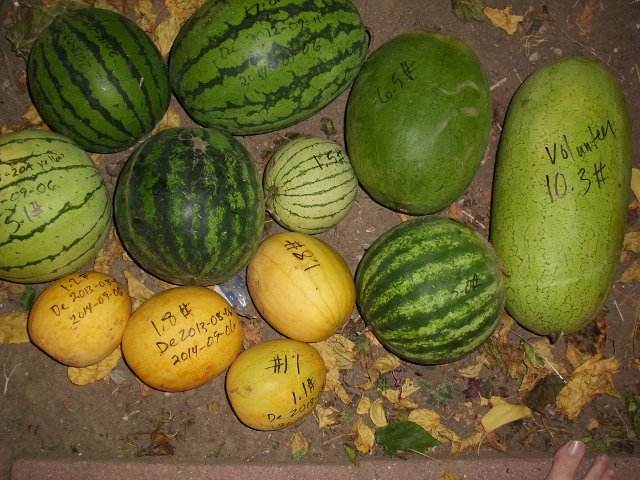
 1
1





 4
4








"Study books and observe nature; if they do not agree, throw away the books." ~ William A. Albrecht




Western Montana gardener and botanist in zone 6a according to 2012 zone update.
Gardening on lakebed sediments with 7 inch silty clay loam topsoil, 7 inch clay accumulation layer underneath, have added sand in places.

 3
3










"Study books and observe nature; if they do not agree, throw away the books." ~ William A. Albrecht




"The rule of no realm is mine. But all worthy things that are in peril as the world now stands, these are my care. And for my part, I shall not wholly fail in my task if anything that passes through this night can still grow fairer or bear fruit and flower again in days to come. For I too am a steward. Did you not know?" Gandolf




Joseph Lofthouse wrote:My general sense of blossom end rot -- across species -- is that it's more common in oblong fruits than in round fruits. It's more common in large fruits than in small fruits.
Let's go surfing in my spinach




 1
1












 1
1









Walt Chase wrote:They are possibly aborting. May not have been pollinated.





 1
1




List of Bryant RedHawk's Epic Soil Series Threads We love visitors, that's why we live in a secluded cabin deep in the woods. "Buzzard's Roost (Asnikiye Heca) Farm." Promoting permaculture to save our planet.
















Pecan Media: food forestry and forest garden ebooks
Now available: The Native Persimmon (centennial edition)

|
I've been selected to go to the moon! All thanks to this tiny ad:
12 DVDs bundle
https://permies.com/wiki/269050/DVDs-bundle
|



